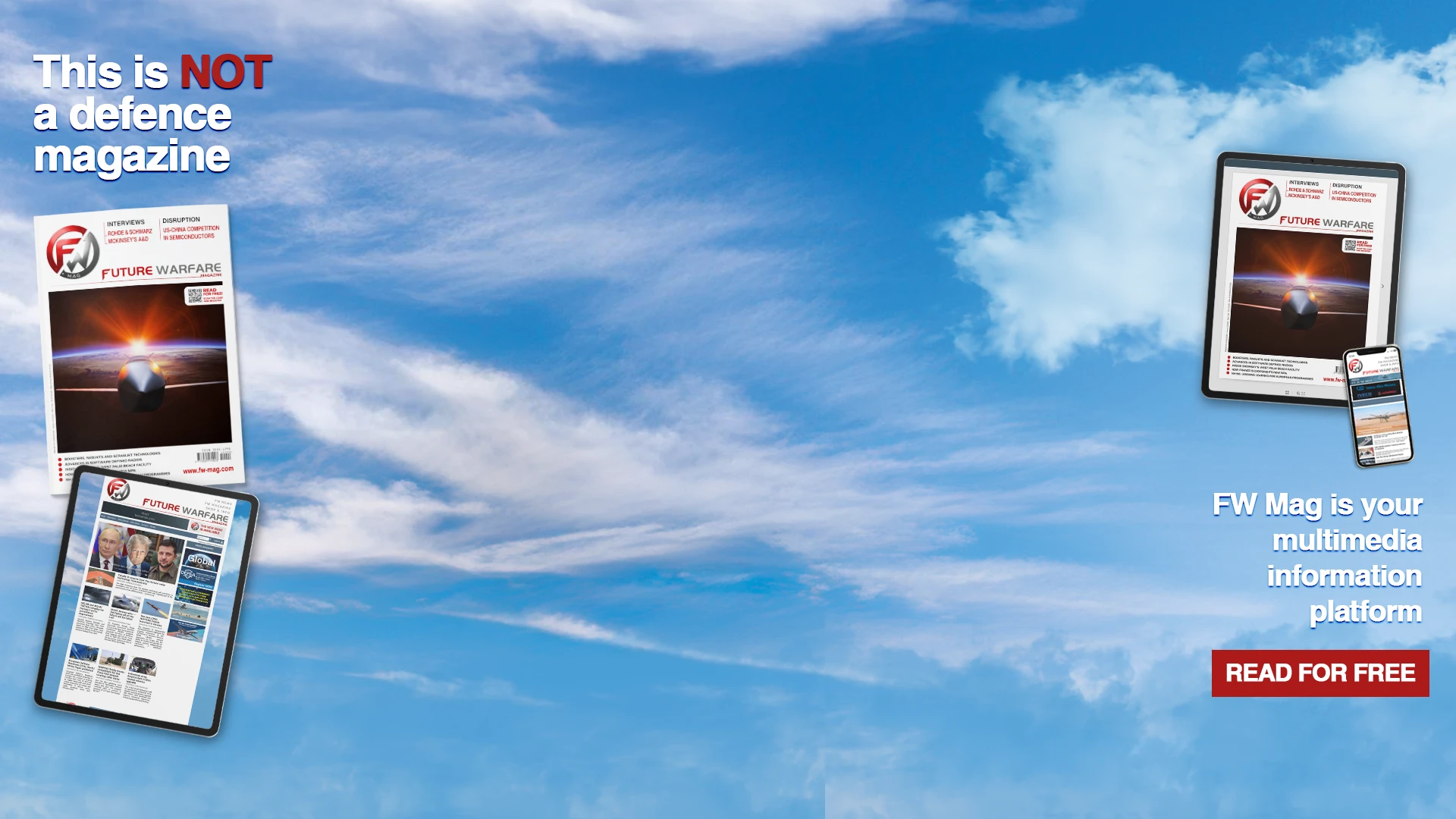.jpg)
European Defence Readiness 2030, the EU White Paper dedicated to defence, was published yesterday. This is the document with which the European Union outlines the general characteristics of the process that will lead it to evolve into a political-strategic entity.
The first part of the document analyses the current international scenario – which cannot be evaluated based solely on the Russian threat! – and identifies a series of gaps at a military level.
As far as the latter are concerned, in addition to the ‘usual suspects’ - strategic air transport and aerial refuelling - there is also anti-aircraft defence, ammunition and missiles (with the establishment of strategic reserves), drones and anti-drone systems, military mobility and a series of enablers: from AI to cyber, including CEMA (Cyber Electro Magnetic Activities).
For example, the issue of military mobility and, in general, logistics, is truly critical and has always been a NATO (i.e. US) ‘matter’. In this regard, the EU has identified 4 multimodal priority corridors (rail, road, air and sea) to enable large-scale and short-notice movement of troops and equipment, which requires considerable and urgent investment. Within these 4 priority corridors, 500 critical projects have already been identified, including the expansion of railway tunnels, the reinforcement of road and railway bridges, and the expansion of port and airport terminals.
Two other hot topics are Ukraine and the defence industrial base. Regarding Ukraine, the aim is to increase EU support, but in reality the document does not really say anything concrete that we didn't already know. Certainly, the most interesting passage concerns the intention to associate Ukraine with European initiatives in the field of Defence and to integrate the respective industries.
As far as the industrial base is concerned, there is talk of streamlining bureaucracy and simplifying regulations, of mutual recognition of certifications for military products and goods, and then, again, of long-term orders that allow industry to plan investments with certainty. A more important role should be assigned to the European Defence Agency (EDA), for the systematic aggregation of the demand and the structuring of joint procurement policies, and the creation of a European Military Sales Mechanism to make European products more available and speed up delivery times.
The part dedicated to critical raw materials is also significant, with the related forecast of the establishment of a platform for joint procurement and supplies. Finally, the ‘main course’ of the document is the section dedicated to military spending, i.e. the real ‘Rearm Europe’.
There are three main points of the plan, some of which have already been anticipated:
1) The 150 billion SAFE (Security Action For Europe), or rather the 150 billion in loans destined for the defence of member states, which the EU will collect on the capital market and which will be guaranteed by the common European budget. These funds will be used exclusively to finance common programmes involving at least 2 member states or one member state and the Ukraine.
2) Activation of the safeguard clause of the Stability Pact regarding military spending (current expenditure and investments). This measure will allow Member States to mobilise additional resources up to 1.5% of their GDP for a period of 4 years. This is probably the most controversial passage, because the States will resort to extra deficit, unless they plan cuts in social spending, to be financed with new public debt. So there is a risk that countries with high debt, such as France and Italy, will find themselves back in the noose of the Stability Pact in 4 years' time. It is no coincidence that the Italian government has expressed doubts about ‘Rearm Europe’, calling for a simultaneous revision of the Stability Pact, and the White Paper itself already foresees the possibility of extending the 4-year period for the application of the clause.
3) The doubling – to 2 billion per year – of funding from the EIB (European Investment Bank) for military programmes, particularly in the following sectors: drones, space, cyber, quantum technologies, and military infrastructure.








